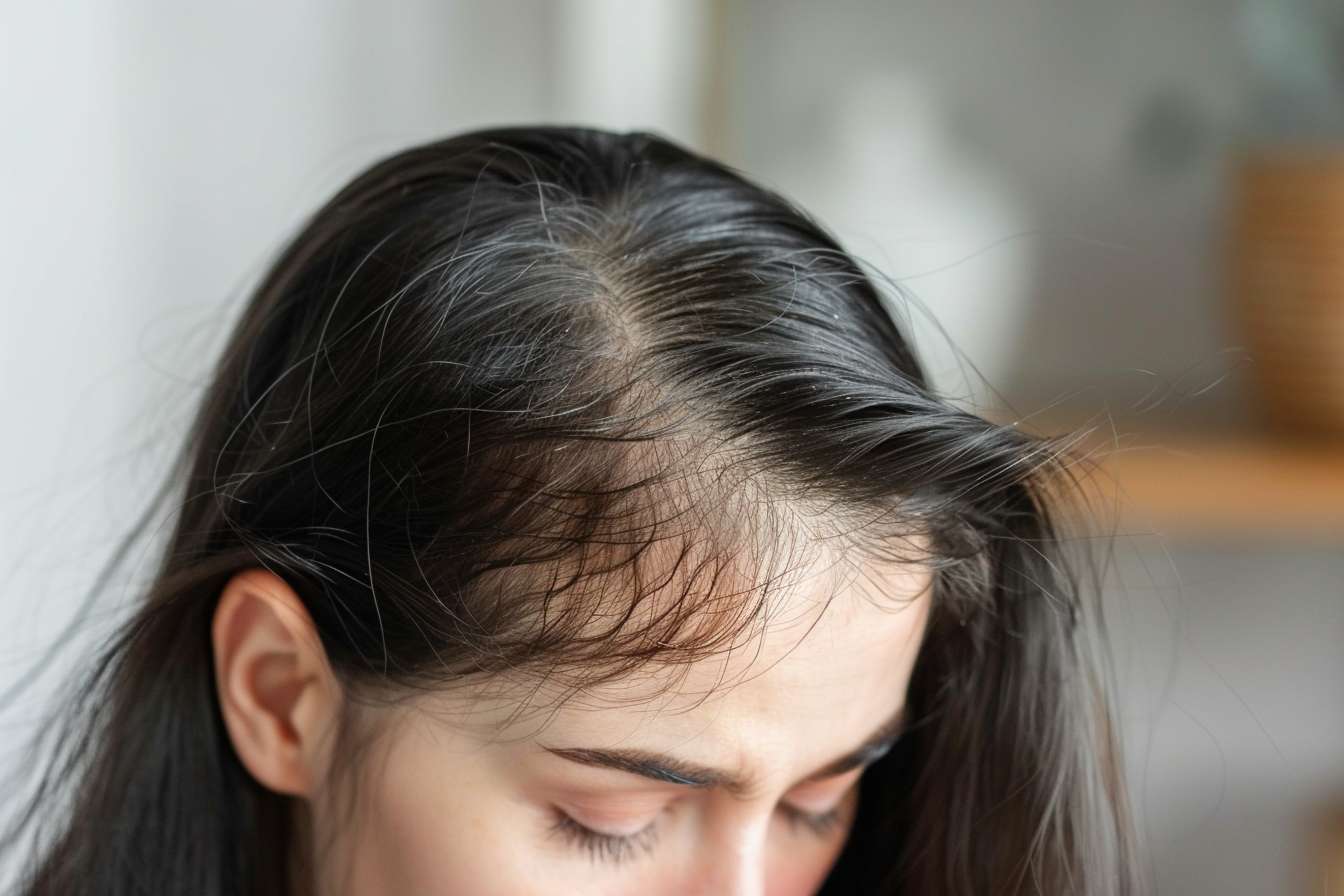Eyebrow Transplants After 50: What Europeans Should Know
Across Europe, more individuals over 50 are turning to eyebrow transplants as a natural-looking solution to thinning or sparse brows. Age, over-plucking, and medical conditions often contribute to eyebrow hair loss, but advanced techniques now offer effective restoration. This option is increasingly considered by those seeking a subtle yet meaningful enhancement in appearance and self-confidence.

Why does eyebrow hair loss become more common after 50?
Eyebrow hair loss in individuals over 50 can be attributed to several factors. As we age, our hair follicles may produce thinner, shorter hairs or stop producing new hairs altogether. Hormonal changes, particularly in women going through menopause, can lead to a reduction in hair growth. Additionally, years of over-plucking or aggressive grooming can damage follicles, resulting in sparse eyebrows. Medical conditions such as thyroid disorders, alopecia areata, or certain nutrient deficiencies may also contribute to eyebrow thinning in older adults.
How does eyebrow transplantation work for mature individuals?
Eyebrow transplantation is a specialized form of hair transplant surgery tailored to the unique characteristics of the eyebrow area. For individuals over 50, the process typically involves harvesting hair follicles from a donor site, usually the back of the scalp, where hair is genetically programmed to be more resistant to balding. These follicles are then carefully transplanted into the eyebrow region, following the natural arch and growth pattern of existing eyebrow hairs. The procedure is typically performed under local anesthesia and can take several hours, depending on the extent of restoration needed.
What does the eyebrow transplantation process involve?
The eyebrow transplantation process begins with a thorough consultation to assess the patient’s goals and determine the best approach. On the day of the procedure, the surgeon will mark the desired eyebrow shape and prepare the donor area. Using advanced techniques such as Follicular Unit Extraction (FUE), individual hair follicles are carefully removed from the donor site. These follicles are then meticulously placed into tiny incisions made in the eyebrow area, ensuring proper angle and direction for natural-looking results. Post-procedure care instructions are provided, and patients can usually return to normal activities within a few days, though full healing may take several weeks.
Are there any special considerations for Europeans over 50?
Europeans over 50 considering eyebrow transplants should be aware of several factors. Skin elasticity and healing capabilities may be reduced with age, potentially affecting the recovery process. It’s crucial to choose a surgeon experienced in working with mature skin and who understands the aesthetic preferences of European clients. Additionally, any underlying health conditions common in this age group, such as diabetes or cardiovascular issues, should be thoroughly discussed with the surgeon to ensure the procedure’s safety and optimize results.
What unique benefits do eyebrow transplants offer to those over 50?
Eyebrow transplants can offer significant benefits to individuals over 50, particularly in terms of restoring a more youthful appearance. Well-defined eyebrows frame the face and can subtly lift the eye area, creating a more alert and refreshed look. For many Europeans in this age group, fuller eyebrows can boost self-confidence and reduce the need for daily eyebrow makeup application. The permanent nature of transplanted hair also means that results can be enjoyed for years to come, providing a long-term solution to eyebrow thinning.
Is eyebrow restoration the right option for you after 50?
Determining whether eyebrow restoration is the right choice for you after 50 requires careful consideration. Factors to weigh include your overall health, expectations for results, and willingness to undergo a surgical procedure. It’s essential to have realistic goals and understand that while transplanted eyebrows can significantly improve appearance, they may require some ongoing maintenance, such as regular trimming. Consulting with a qualified hair restoration specialist can help you assess your suitability for the procedure and explore alternative options if necessary.
| Provider | Location | Approximate Cost Range (EUR) |
|---|---|---|
| Vinci Hair Clinic | Multiple European locations | 2,000 - 4,000 |
| DHI Global | Multiple European locations | 2,500 - 5,000 |
| Hairpalace | Budapest, Hungary | 1,500 - 3,000 |
| Qunomedical | Various clinics across Europe | 1,800 - 4,500 |
Prices, rates, or cost estimates mentioned in this article are based on the latest available information but may change over time. Independent research is advised before making financial decisions.
In conclusion, eyebrow transplants offer a promising solution for Europeans over 50 experiencing thinning or sparse eyebrows. By understanding the causes of eyebrow hair loss, the transplantation process, and important considerations specific to mature individuals, those contemplating this procedure can make informed decisions. While eyebrow restoration can provide significant aesthetic benefits and boost confidence, it’s crucial to consult with experienced professionals and carefully weigh all factors before proceeding with treatment.
This article is for informational purposes only and should not be considered medical advice. Please consult a qualified healthcare professional for personalized guidance and treatment.




